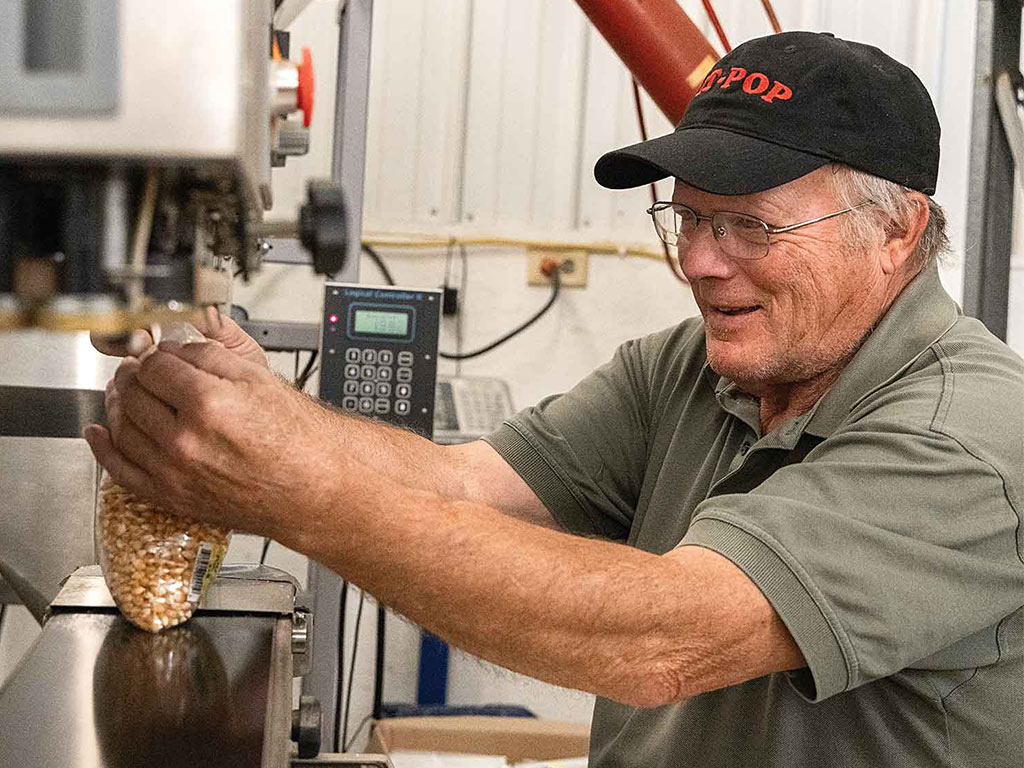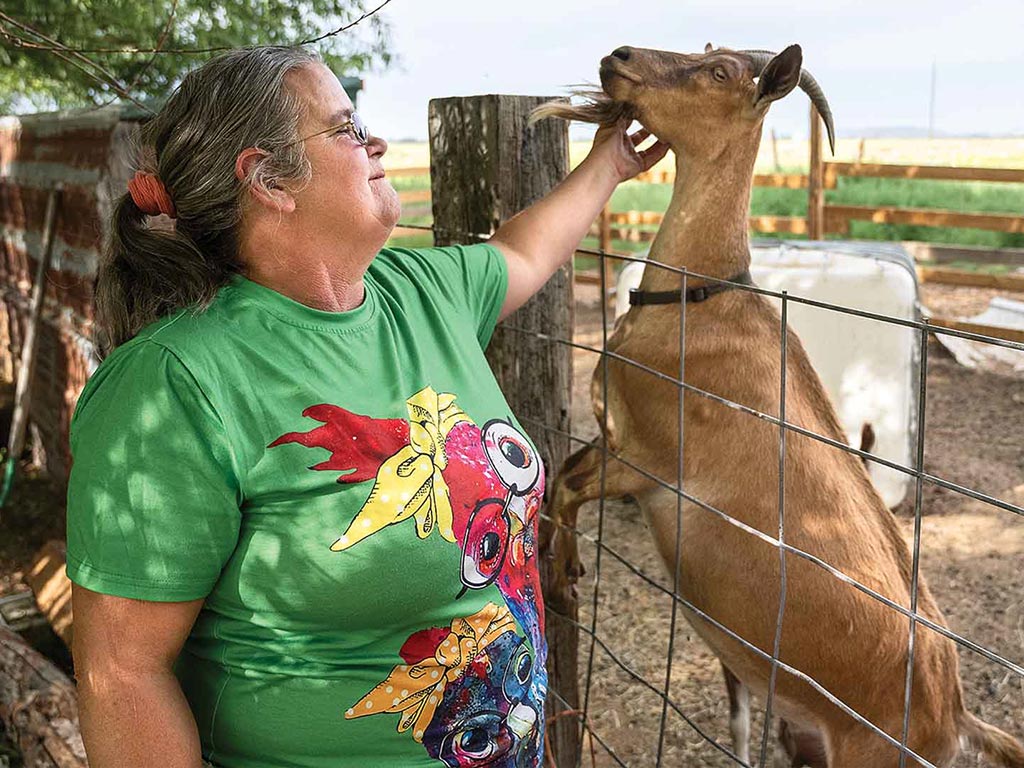Agriculture, Livestock/Poultry April 01, 2024
High-Altitude Hatching
A nurse cracks fowl problem bringing healthy chicks to fellow high-altitude farmers.
by Martha Mintz
Christine Coburn wanted chickens and she wasn't going to let something as trivial as altitude and thin air stand in her way. Her stubbornness on the matter has resulted in a fine—and fancy—flock that has progeny thriving from Alaska to Hawaii to her local 4-H clubs.
She had years of experience hatching and tending chickens on her acreage in Arkansas. It was a given she would continue when she and her husband Chuck moved to Colorado's San Luis Valley. Her first order of chicks was a disaster.
"Of the 100 chicks I ordered half were dead on arrival. The rest were gone within a week," she says.
The retired registered nurse quickly pinpointed extreme altitude as the cause.
Her high alpine valley home sits 7,880 feet above sea level. Chicks hatched at lower altitudes and stressed by shipping didn't stand a chance when they arrived in the low-oxygen environment.
Hatching didn't work either.
"I couldn't hatch anything. I couldn't order chicks in. But we wanted a self-sustaining farm. That was our dream," Coburn says. A debilitating medical condition keeps her husband from helping with physical tasks, but Coburn held firm.
"I was determined to bring our dream to fruition and to do that—to be self-sufficient—I needed chickens for food and income." Fluent in medical jargon, Coburn dug deep into academic research on high-altitude hatching. Permeable egg shells allow oxygen to flow to the embryo—but at high altitudes oxygen is limited. Embryos die of hypoxemia, essentially suffocating in the egg.
"I'm a nurse. I know how to fix that. I just needed to put my eggs on oxygen," she says.
Each incubator at Coburn's High Valley Hatchery in Sanford, Colo., has its own oxygen supply. Hatch rates jumped from just 10% to 50-80% depending on the incubator used and the breed.
"The best part of my week is collecting babies from the incubator each Saturday," she says.
Above. Income from chicks and eggs offsets the feed bill for the rest of the farm. High-altitude eggs have exceptional hatch rates for lower-altitude customers.
Fancy feathers. Once Coburn had hacked the hatch, she started building a diverse flock.
"Everything I have is rare, exotic, endangered, or just flat-out cool. Who wants to be boring," she says. It also makes financial sense. Her hatchery business has to be profitable enough to offset feed expenses for the rest of the farm livestock while remaining small enough Coburn can manage the labor on her own.
"I can't sell a chick for $1 like a big hatchery and pay my bills. I can only maintain up to about 500 birds," she says. Exotics command a much higher price.
Strikingly pure black from comb to bone, a single Ayam Cemani egg brings $10, a chick $35. They're almost always sold out.
Sold out has become standard as most customers are quick to return and tell their friends.
"My high-altitude eggs hatch like crazy when shipped to lower altitude customers. They get 90-100% hatch rates," Coburn says.
A 50% hatch rate is more standard for shipped eggs, she says. As Coburn developed her thriving high-altitude flock she most likely also inadvertently selected for more permeable eggs. Those eggs then perform better than average in oxygen-rich environments.
For 10 years she's added breeds and built a national customer base. Swedish Flower, Olive Egger, and Pavlovskaya are a few of more than a dozen offered breeds. While her eggs and chicks go far and wide—she's one of few willing to brave the permitting process to ship to Hawaii—her passion is local.
Wanetta Tipsword credits Coburn for bringing passion, knowledge, and quality to the region's 4-H chicken programs.
"She's put breeds in her flock specifically for 4-H kids in the valley," Tipsword says. Coburn helped her son, Westlea, develop his own flock. "And they're not cast-offs. She gets them the highest quality birds that fit breed standards. They could show and do well at much bigger venues."
Instead of expanding out, Coburn hopes to expand in. Ideally she'd like to only sell live chicks locally or within the state as shipping live chicks under the best conditions is challenging.
"I prefer eggs. I can ship them anywhere," she says. The customer connection is more rewarding within her own zip code. "I love giving locals and 4-H kids a place to buy healthy, rare-breed chickens that they wouldn't be able to get otherwise," she says. ‡
Read More

AGRICULTURE, SPECIALTY/NICHE
Popcorn is Poppin'
The Fitkin family has cracked a fun farming niche.

AGRICULTURE, SPECIALTY/NICHE
Crystal Clear
Ghee takes butter to a new—and very ancient—level.



